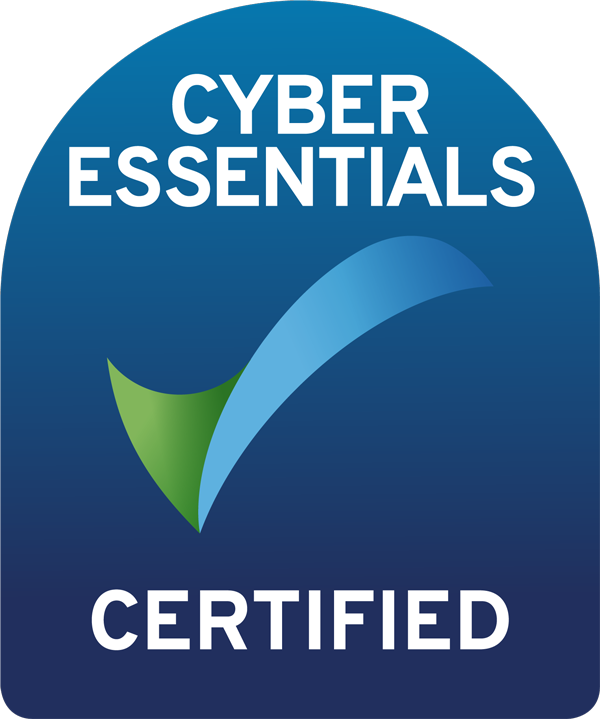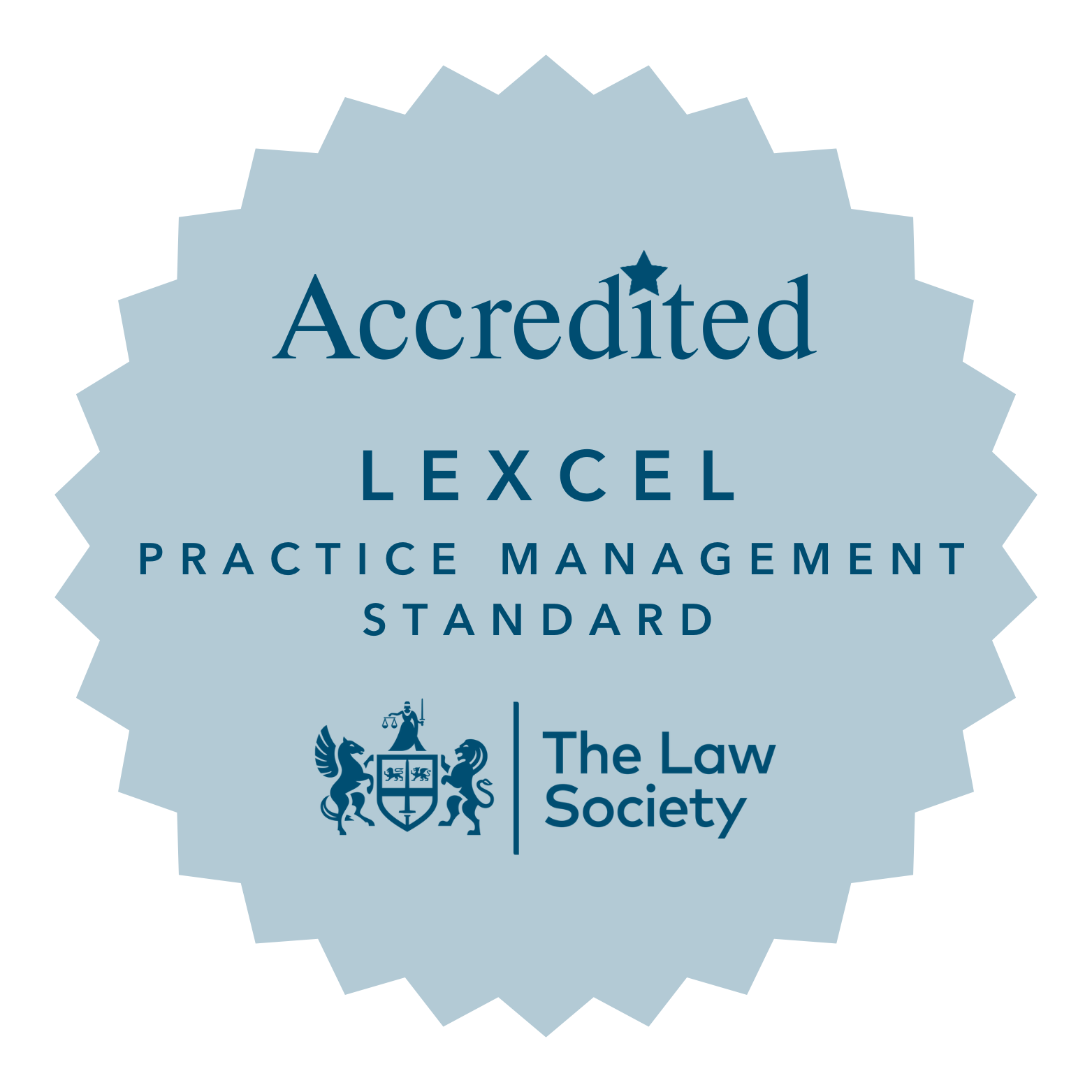

Legal boundary disputes in England can be a source of significant stress for property owners, often leading to strained relationships and costly legal battles.
These disputes can arise when the exact location of property boundaries is unclear or disputed between neighbouring landowners. However, several options exist to resolve such conflicts amicably and avoid protracted legal proceedings.
Common causes of boundary disputes
Boundary disputes can arise for various reasons, such as unclear property descriptions, changes in land use over time, or simple misunderstandings between neighbours. It is crucial to establish the root cause of the dispute before pursuing any resolution method.
Common issues include:
- Fences and Walls – Disputes can arise when there’s uncertainty about the actual boundary line, leading to disputes over fence placement or wall maintenance.
- Overhanging Branches – When branches from a neighbour’s tree encroach onto your property, it can cause annoyance and potential damage, leading to disputes.
- Encroachment – A common issue occurs when structures, like garages or extensions, cross the boundary line.
- Trespassing – Neighbours or their visitors may trespass onto your land, leading to privacy and security concerns.
Options for resolution
Here are the key options to help you resolve a boundary dispute:
1. Communication and Mediation
Open and honest communication between neighbours is often the first step in resolving a boundary dispute. Engaging in a calm and constructive conversation can help identify common ground and potential solutions. If direct communication proves challenging, mediation is a non-confrontational option where a neutral third party can facilitate discussions and guide both parties toward a mutually agreeable resolution.
2. Professional Surveys
Hiring a licensed surveyor to conduct a detailed property survey is often seen as a critical step in resolving boundary disputes. A surveyor will assess historical documents, physical markers, and other relevant factors to accurately determine the precise boundary lines. The resulting surveyor’s report can assist in resolving the dispute. Professional reports from an expert can be used as evidence in court, proving the court allows it.
3. Boundary Agreements
Once the boundaries are clearly defined through a survey, the parties involved can enter into a boundary agreement. This legal document outlines the agreed property lines and any specific terms related to land use or maintenance. A boundary agreement provides a clear reference point for future reference and can help prevent future disputes.
4. Deed of Rectification
In cases where the boundary dispute arises due to errors in property deeds, a deed of rectification may be necessary. This legal document corrects any inaccuracies or omissions in the deed, ensuring that the property boundaries are accurately reflected.
Is resolving a boundary dispute difficult?
Navigating legal boundary disputes in England requires a combination of effective communication, professional expertise, and a willingness to explore various resolution options. Proactive steps, such as hiring a surveyor and entering into boundary agreements, can prevent disputes from escalating into lengthy and costly legal battles.
Choosing amicable methods, like mediation, creates positive relationships between neighbours. Understanding the nature of the dispute and exploring collaborative solutions ensures that property owners in England can resolve boundary conflicts in a fair and efficient manner.
Find out more about our Alternative Dispute Resolution methods.
What are Easements?
An easement is a legal right that one person has to use the land of another person for a specific purpose. The person with the right is called the “beneficiary” or “dominant owner,” and the person whose land is used is called the “burdened owner” or “servient owner.”
There are different types of easements. The most common ones include:
- Right of Way – This allows you to walk or drive through someone else’s land to get to your property or another place.
- Right to Light – This gives you the right to receive natural light through someone else’s property, like if you have windows that need sunlight.
- Right of Drainage – This lets you use someone else’s land to drain water or sewage away from your property.
Easements can be created in different ways. Some may be written into the property’s deeds.
Others can be created through long-time use or by agreement between the parties involved.
While you have the right to use the easement, you must use it responsibly and not cause any harm or damage to the burdened owner’s property.
You can find out more about Easements and Covenants Disputes here.
The Access to Neighbouring Land Act 1992
The Access to Neighbouring Land Act 1992 allows property owners to access their neighbour’s land under specific circumstances, such as conducting essential repairs or maintenance.
Preliminary Considerations
- Notification – Before accessing the neighbouring land, you must notify your neighbour in writing, explaining the purpose, date, and duration of the access required. The notice should be given at least 14 days in advance, ensuring your request reaches them in time.
- Mediation – If your neighbour disagrees with your request, it is best to try and mediate the issue before considering further action. Mediation services can help resolve conflicts amicably without resorting to legal action.
- Practicality – Make sure the request is reasonable and proportionate.
Should you continue or quit the process?
If the boundary issue escalates into a complicated legal battle or becomes too stressful, you may consider quitting the process. However, keep in mind that leaving the matter unresolved may lead to long-term dissatisfaction and ongoing disputes with your neighbour.
How we can help?
At TV Edwards, we have experience dealing with simple and complex boundary disputes and frequently receive excellent client feedback on the quality of our work, and our commercial and practical approach to achieve the best possible outcomes. If you would like to find more how we can help with your boundary dispute issue, contact Adam Haffenden on 0203 440 8139 or email adam.haffenden@tvedwards.com.
Disclaimer: The information on the TV Edwards website is for general information only and reflects the position at the date of publication.






